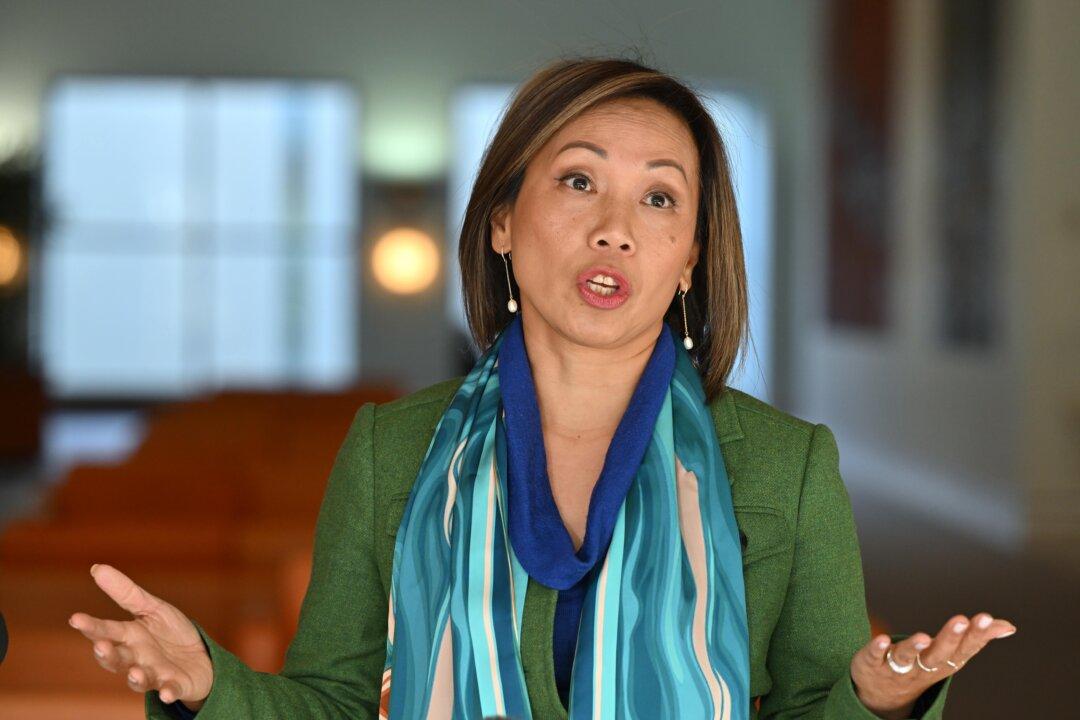An Independent MP has revealed why she abstained from voting on the Climate Change Bill, saying it lacks details and doesn’t explain the economic impact on low-income communities.
It comes as the Climate Change Bill passed through parliament, 89 votes to 55, within one week after it was first introduced.




